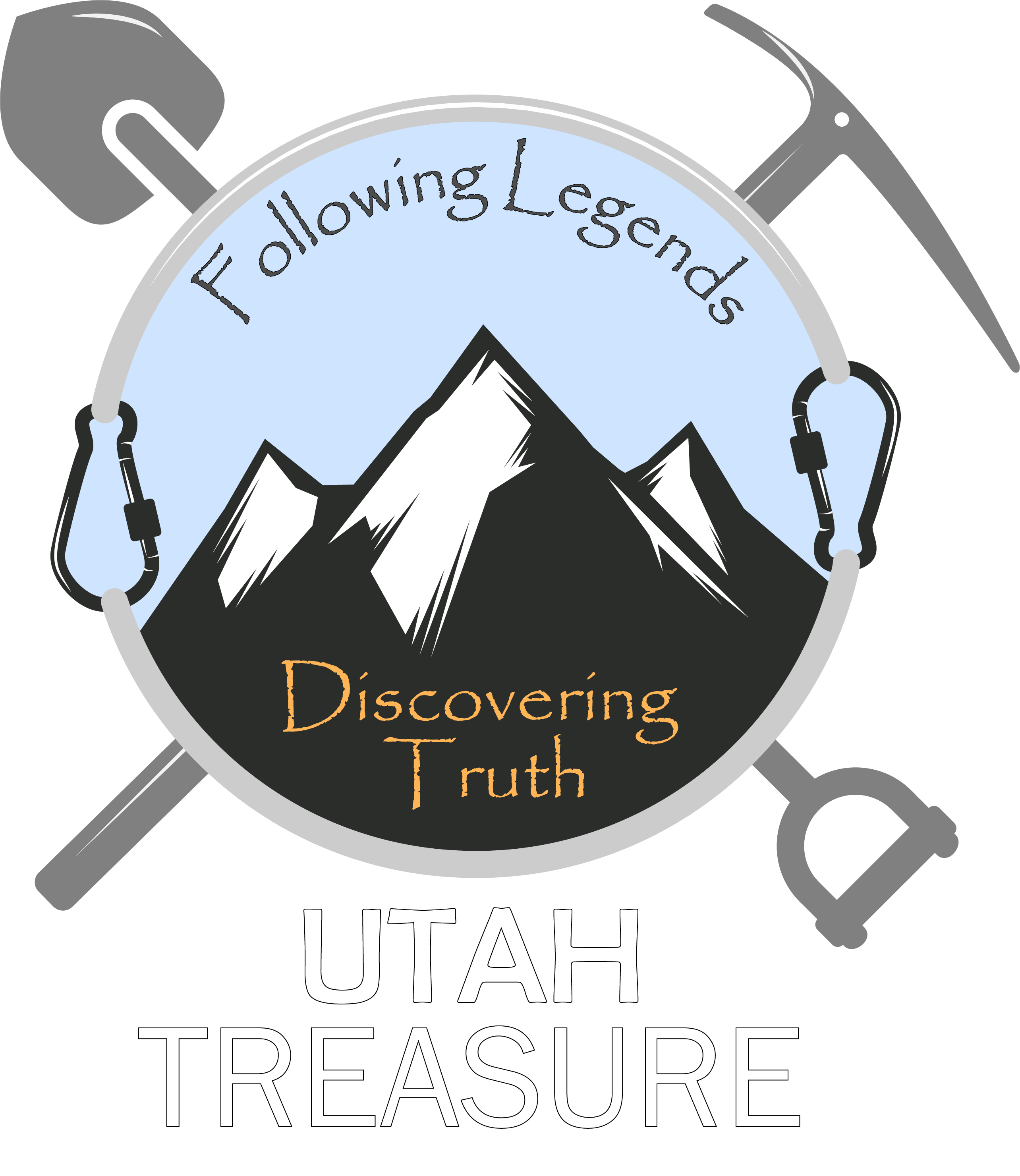What is a placer?
A placer is a sand or gravel deposit, such as a beach or stream bed, containing concentrations of heavy minerals like gold. Gold is very resistant to weathering. As a rock containing gold is eroded, the gold is freed and carried downstream as dust, flakes, grains, and nuggets. During high-flow periods when the sand and rocks in the steam are moving, gold settles downward and concentrates at the base of the stream bed or in depressions in sand and gravel bars where the current is slower. Most of the placer gold in Utah is very fine grained (flour gold) and is difficult to recover.
Where are Utah’s gold placers?
Utah’s placers are usually associated with areas of igneous rocks. Gold-bearing solutions deposited gold within the surrounding rock formations (lode or primary deposit). As these gold-bearing rocks are eroded, the free gold is deposited and concentrated into placer (or secondary) deposits. Finding gold is possible in any stream or river that crosses a gold-mineralized area. However, since the known placer deposits have been worked and reworked for over 100 years, the chance of finding large concentrations of gold in Utah’s streams is small. (1)
If you are wondering what type of panning or dredging is allowed in Utah, check out this page for more information.
(1) https://geology.utah.gov/popular/general-geology/rocks-and-minerals/utah-gold/utahs-gold-placers/
